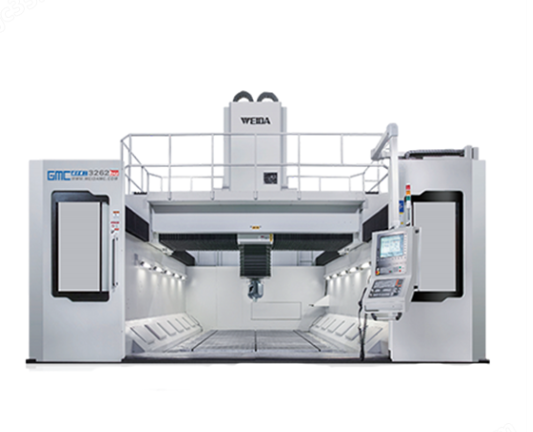The Evolution of Manufacturing: How Five-Axis High-Speed Gantry Machining Centers Are Revolutionizing Industrial Production
The manufacturing industry has witnessed a significant transformation in recent years, driven by the increasing demand for precision, complexity, and efficiency in the production of various parts and components. Traditional treatment equipment, which was once sufficient for meeting production needs, has become outdated and inefficient in the face of modern manufacturing requirements. In response to this challenge, the development of five-axis high-speed gantry machining centers has emerged as a game-changer, offering a reliable and effective solution for treating complex parts and meeting the strict requirements of industries such as aerospace, automotive, and more.
The Advantages of Five-Axis High-Speed Gantry Machining Centers
The central advantage of these machining centers lies in their ability to effectively treat complex parts with precision and speed. Unlike traditional three-axis treatment equipment, which often requires multiple adjustments and tightening, five-axis high-speed gantry machining centers can complete the machining of complex angles and curved surfaces in a single operation. This not only improves production efficiency but also reduces errors caused by multiple tightening, ensuring the accuracy of treatment. The five-axis link function of these machining centers enables the precise treatment of complex forms, making them an essential tool for industries that require high-precision parts.
Precision and Quality in Manufacturing
In the manufacturing field, the precision of machining complex parts is directly linked to the performance and quality of the final product. Five-axis high-speed gantry machining centers are designed to meet the strict requirements of industries such as aerospace and automotive, where high-precision parts are crucial for ensuring safety, reliability, and efficiency. For instance, in the aerospace field, the precision requirements for key components such as motor blades and wings are extremely high, and gantry machining centers can precisely treat the shapes and sizes of these complex parts to ensure they meet design requirements. Similarly, in the manufacture of cars, these machining centers can be used to treat complex components such as engine cylinder blocks and transmission boxes, improving production efficiency while guaranteeing product quality.
Stability and Reliability
In addition to their effective machining capacities and high precision, five-axis high-speed gantry machining centers also boast good stability and reliability. Their robust bridge structure design enables them to withstand high-resistance machining tasks, guaranteeing the stability of the equipment during long-term operation. Advanced control systems and reader technologies also allow the equipment to maintain high-precision treatment effects during high-speed execution, providing strong guarantees for continuous production and reducing the risk of production interruption caused by equipment failure.
Applications and Flexibility
The applications of five-axis high-speed gantry machining centers are diverse and widespread. In the aerospace field, they are used to treat critical flight parts; in the manufacture of cars, they produce high-precision engine and transmission parts; and in the mold manufacturing industry, they effectively treat cavity and complex mold nuclei. Whether in mass production or personalized production, gantry machining centers play an essential role in meeting the various needs of different customers. Furthermore, these machining centers have good flexibility and scalability, enabling them to configure different tools and accessories according to different treatment needs and achieve the integration of multiple processing processes.
The Future of Manufacturing
In conclusion, the five-axis high-speed gantry machining center has emerged as a vital piece of equipment in the manufacturing field, providing solid technical support with its effective machining capacities, high precision, stability, and reliability. As the manufacturing industry continues to evolve, the demand for high-precision and complex parts will only continue to grow. With their flexibility, scalability, and ability to adapt to the evolution of market demands, five-axis high-speed gantry machining centers are poised to play an increasingly important role in shaping the future of manufacturing. By embracing this technology, companies can improve their competitiveness, achieve high-quality production, and provide strong guarantees for the promotion of upgrading and development in the manufacturing sector.
**Key Benefits of Five-Axis High-Speed Ga



















